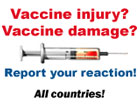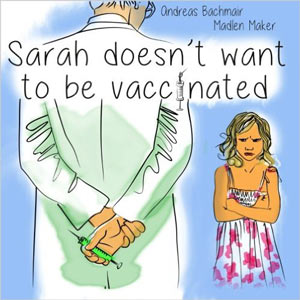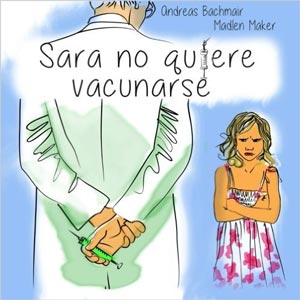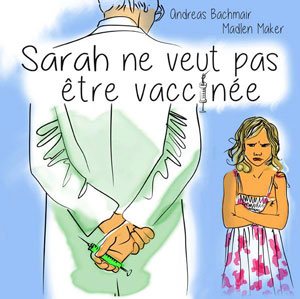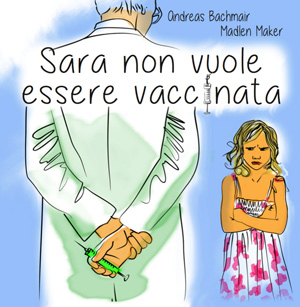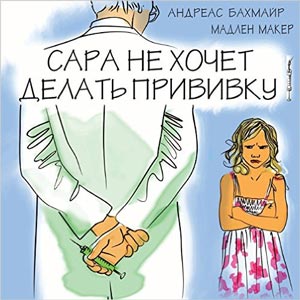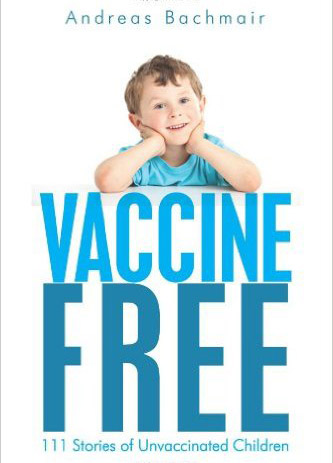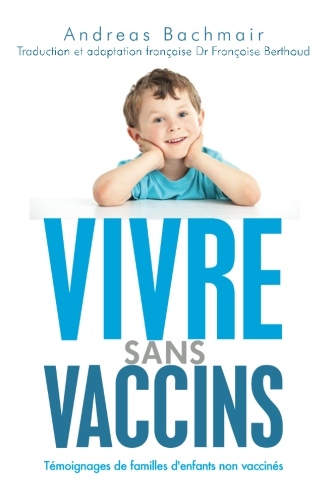Focetria Vaccine
Content: Influenza virus-surface antigen (haemaglutinin and neuraminidase)*
from the strain:
A/California/7/2009 (H1N1)v like strain (X-179A) 7.5 micrograms** per 0.5-ml-
dose
* bred in eggs
** expressed in microgram haemaglutinin *
Auxiliary compounds: MF59C.1 as adjuvants, consisting of: Squalen 9.75 milligram, polysorbate 80 1.175 milligram, Sorbitan-Trioleat 1.175 milligram
Other compounds: Sodium chloride, potassium chloride, potassium dihydrogen phosphate, Dinatrium phosphate dihydrate, magnesium chloride hexahydrate, Calcium chloride dihydrate, sodium citrat, citric acid.
In multi-dose container (10 containers per injection bottle) there is 0.05 milligram thimerosal. This means that per vaccination dose there is 0.005 milligram or 5 µg thimerosal.
A H5N1 virus strain was used for the sample approval which was now replaced by the H1N1 strain.
Focetria adverse effects
The adverse effects that occurred in clinical trials with the prototype vaccine are included in the following list
Diseases of the nervous system
Frequent (>1/100, <1/10): Headache
Diseases of the skin and subcutaneous tissue
Frequent (>1/100, <1/10): Sweating
Skeleton muscles, tissue and bone diseases
Frequent (>1/100, <1/10): Arthralgia and myalgia
General diseases and afflictions at the site of injection
Frequent (>1/100, <1/10): redness, swelling, ,
Hardening, ecchymosis and pain at the injection site, fever, general malaise, exhaustion and chills
Observations during use after market introduction
After the market introduction the following adverse effects were observed and observed during the use with adjuvanted seasonal interpandemic vaccines which as a similar composition as Focetria (surface antigen, inactivated, with MF59C.1-Adjuvans)
Occasional (>1/1 000, <1/100):
General rash with itchiness, urticaria or unspecific rash
Rare (>1/10 000, <1/1 000):
Neuralgia, paraesthesia, cramps and passing thrombocytopenia
There were reports of allergic reactions which in rare cases led to shock:
Very rare (<1/10 000):
Vasculitis with passing renal participation and multiform exsudative erythema.
Neurological impairments such as encephalomyelitis, neuritis and Guillain-Barré-Syndrome were observed.
Conclusion:
Due to the short duration of the trial and the minimal size of the trials the above-mentioned adverse effects are to be taken with extreme caution. Severe rare side effects were not recorded here. Also side effects (mainly autoimmune diseases) due to squalen, which generally do not occur until weeks or months after the vaccination, are missing in the above list.
This preservative is very risky mainly for pregnant women and small children. The effect of thimerosal is neurotoxic and can damage an unborn child.
A rare trial that was conducted by BUND (Mercury Global negative Impact and Endangerment of children’s abilities) contains the following description of mercury:
Recently the leading scientific institution for the investigation of neurological development of children warned that children who were subjected to even minute amounts of mercury could suffer brain drain. According to Professor Philippe Grandjean of Harvard University and the University of South Denmark our society is suffering from a gradual loss of intelligence: Chemicals are reducing the average IQ of our population. The generally irreversible damage for adolescent brains is due to their being subjected to mercury and other toxins which hinder the early development stages in much smaller amounts that hitherto assumed. The population groups that are at greatest risk are newborns, small children and pregnant women. Mercury is particularly poisonous for the developing central nervous system: it is enriched in the human body and is transferred to the oetus during pregnancy. Pregnant women or women who will have children at a later stage can therefore unknowingly subject the fetus to the risk of obtaining serious brain damage. (http://www.env-health.org/IMG/pdf/quecksilber_studie_032007.pdf)
This is another quote from the trial:
„It is a generally accepted fact that a mother’s being subjected to methyl mercury can influence the development of the nervous system of her unborn child. What however is being discussed is the extent of the environmental burden with mercury which is has been proven to cause this damage. In time we have improved technology and we are capable of proving damages at an ever lower level. It is probable that a scientific consensus will be found that there is no dose of mercury that does not endanger a fetus.”
(Peter Orris, MD, MPH, FACP; FACOEM, Professor for Public Health at the University of Illinois in Chicago.)
Borderline values for the daily exposure to mercury differ according to each institution. The US National Research Council (NRC) has lower threshold values as the WHO. The NRC lists the threshold value for methyl mercury (a different mercury compound) as being 0.1 µg/kg bodyweight/day, the WHO on the other hand at 0.22 µg/kg bodyweight/day.
This value, however, is for oral consumption. (The oral bioavailability of organ mercury compounds is 50-100%). A threshold value for the application by injection has not been defined yet. However it is presumably much lower.


